How the search for mythical monsters can help conservation in the real world
In defence of cryptozoologists: we have a lot to learn from their curiosity and sense of wonder
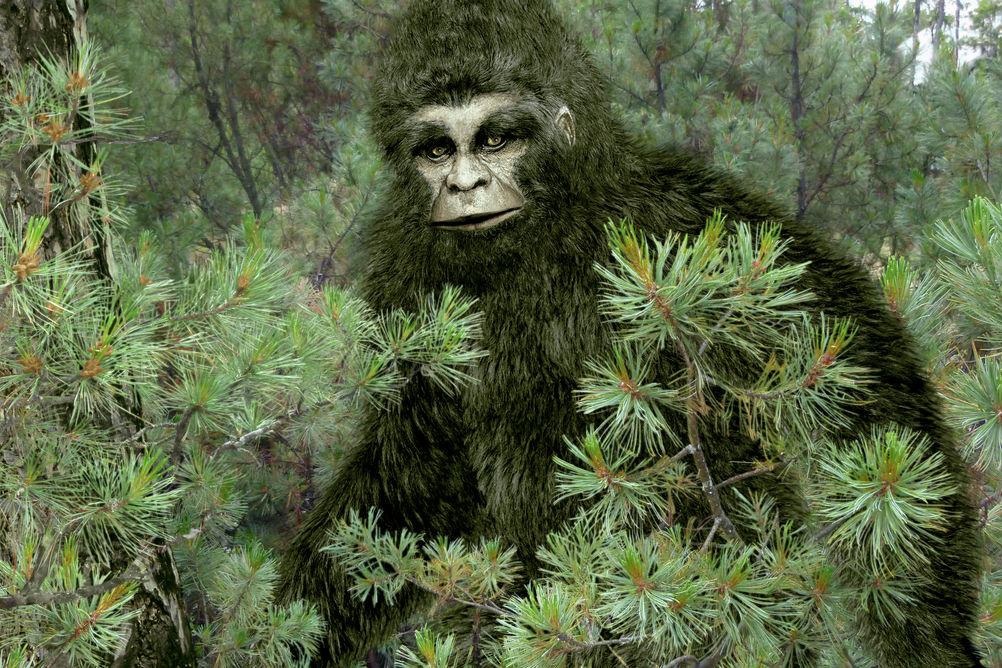
Your support helps us to tell the story
From reproductive rights to climate change to Big Tech, The Independent is on the ground when the story is developing. Whether it's investigating the financials of Elon Musk's pro-Trump PAC or producing our latest documentary, 'The A Word', which shines a light on the American women fighting for reproductive rights, we know how important it is to parse out the facts from the messaging.
At such a critical moment in US history, we need reporters on the ground. Your donation allows us to keep sending journalists to speak to both sides of the story.
The Independent is trusted by Americans across the entire political spectrum. And unlike many other quality news outlets, we choose not to lock Americans out of our reporting and analysis with paywalls. We believe quality journalism should be available to everyone, paid for by those who can afford it.
Your support makes all the difference.After fears the Loch Ness monster had “disappeared” last winter, a new sighting in May 2017 was celebrated by its enthusiasts. The search for monsters and mythical creatures (or “cryptids”) such as Nessie, the Yeti or Bigfoot is known as “cryptozoology”.
On the face of it, cryptozoology has little in common with mainstream conservation. First, it is widely held to be a pseudoscience, because it does not follow the scientific methods so central to conservation biology. Many conservation scientists would find the idea of being identified with monsters and monster-hunters embarrassing.
Moreover, in the context of the global collapse in biodiversity, conservationists focus their attentions on protecting the countless endangered species that we know about. Why waste time thinking about unknown or hypothesised creatures? Most people are rightly sceptical of sightings of anomalous primates or plesiosaurs in densely populated regions that have been surveyed for hundreds of years.
However, while there are strong ecological and evidence-based reasons to doubt the existence of charismatic cryptids such as Nessie and Bigfoot, conservationists should not automatically dismiss enthusiastic searches for “hidden” species. In fact, cryptozoology can contribute to conservation in several ways.
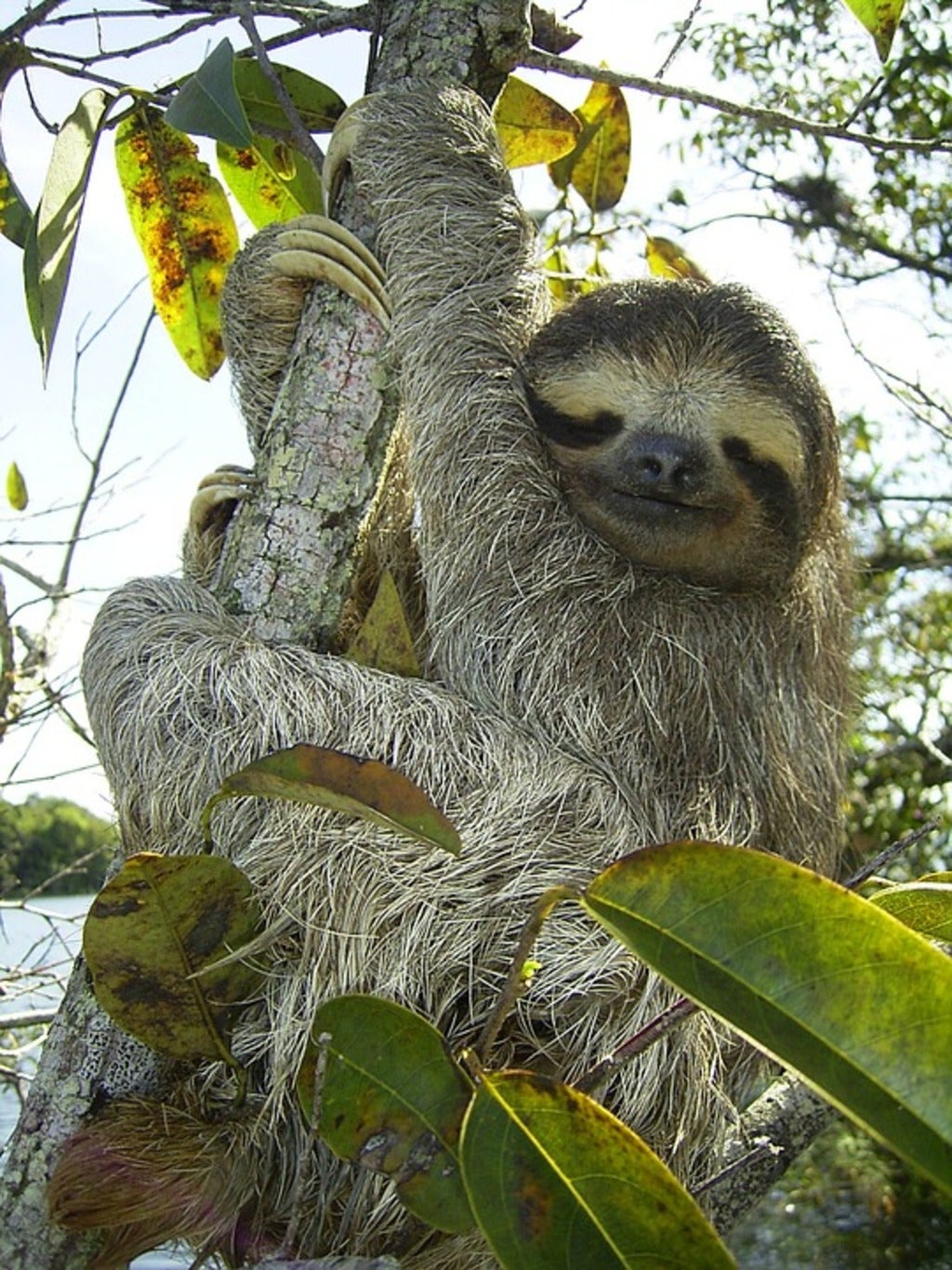
Firstly, the process of mapping out the world’s species is far from finished. Conservationists aim to protect and preserve known plants and animals – but it is not always appreciated how many remain “undescribed” by scientists. Since 1993, more than 400 new mammals have been identified, many in areas undergoing rapid habitat destruction. The number of undescribed beetles, for example, or flies, let alone microscopic organisms, will be huge.
We are entering a new age of discovery in biology with descriptions of new species reaching rates comparable to the golden era of global exploration and collection in the 18th and 19th centuries. The advent of methods such as DNA barcoding offer the possibility of automated species identification.
A recent mathematical model predicted that at least 160 land mammal species and 3,050 amphibian species remain to be discovered and described. Other predictions suggest that a large proportion of undescribed species will go extinct without ever being recorded or conserved at all – a phenomenon we might term “crypto-extinction”.
The father of cryptozoology, Bernard Heuvelmans, argued that “the great days of zoology are not done”. In the sense that so many species remain undiscovered, he was correct. The main principle behind cryptozoology is soundly zoological: species exist that humans have not discovered or described. The quest to locate and protect the world’s biodiversity is one that conservation and cryptozoology share, even if cryptozoologists tend to focus their attentions on the large, mythical and monstrous, over the small, plausible, and non-mammalian species in our midst.
Cryptozoology involves rampant speculation and unconventional surveying methods. But controversial new “findings” can inspire a renewed quest to better map out the natural world. This was the case with the cryptid spiral-horned ox, never seen by a scientist in the flesh and known only from a few horns found in a market in Vietnam. The debate between rival camps of zoologists about whether the ox existed pulled together historic accounts, local folklore, and samples of museum specimens – all classic cryptozoological methodologies.
The second reason why conservationists should not automatically discount cryptozoology is its shared history, co-evolving with conservation in the 20th century and interesting many conservationists along the way.
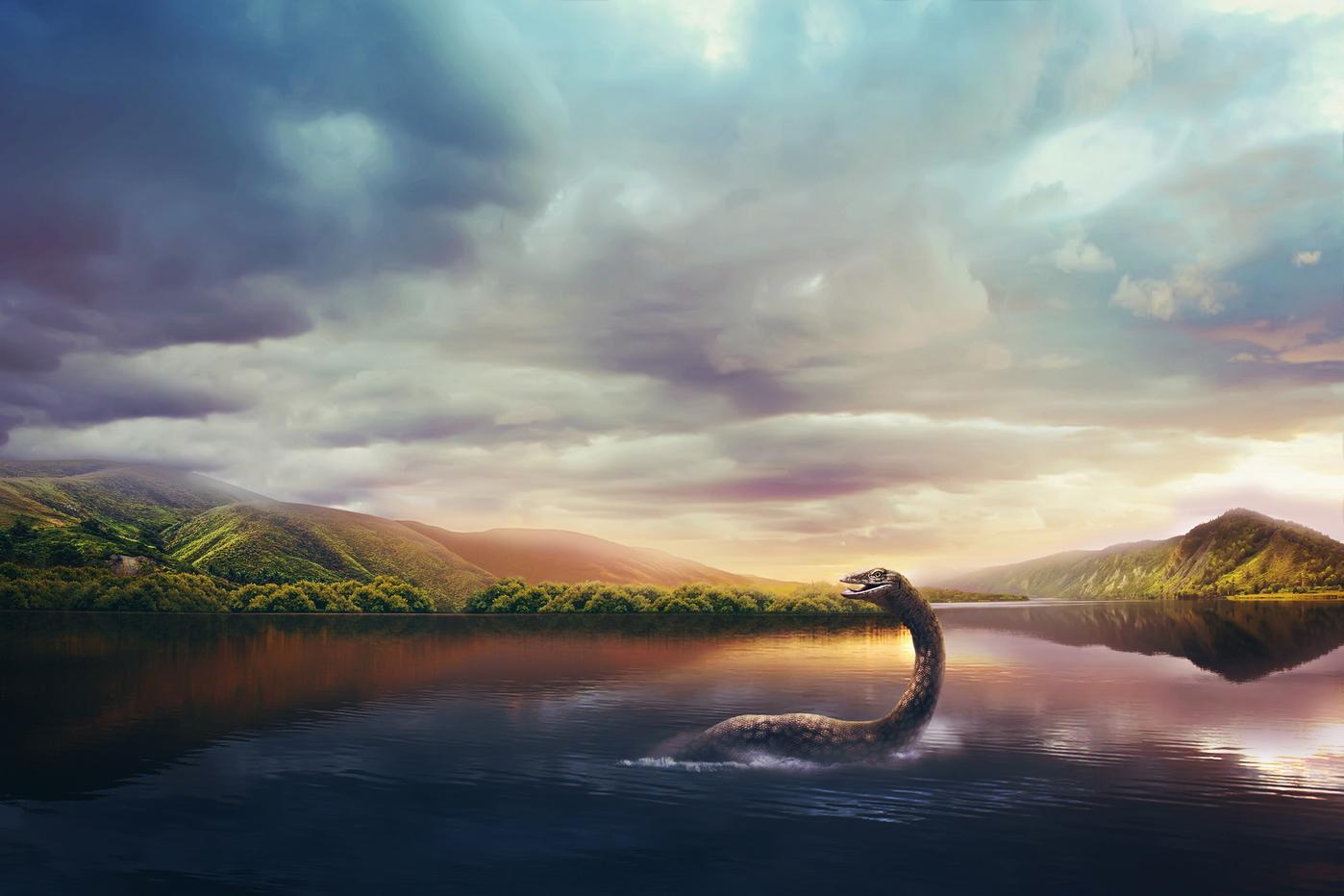
One notable connecting thread comes through Peter Scott, the founder of the World Wildlife Fund and creator of the Red Data Book method of classifying endangered species. Scott first grew interested in Loch Ness monster reports in 1960 and in the same year wrote to Queen Elizabeth offering to name the – undiscovered – cryptid Elizabethia nessiae in her honour. Although the Queen was said to be “very interested”, her advisers wrote back saying it would be inappropriate to attach her name to something viewed as a monster or likely to be a hoax.
In an infamous article in Nature in 1975 Scott published underwater photographs appearing to show a creature with a diamond-shaped flipper. Scott and his co-author, the American Nessie enthusiast Robert Rines, named the creature Nessiteras rhombopteryx with the intention that it could then be preemptively protected under the Conservation of Wild Creatures and Wild Plants Act 1975.
Although he knew that grainy photographs were insufficient taxonomic evidence in the long term, Scott argued “the procedure seems justified by the urgency of comprehensive conservation”. For Scott, conservation was at the heart of the hunt for Nessie.
Scott was not the only curious conservationist. In his book Searching for Sasquatch, Brian Segal examines several other mainstream conservationists who grew interested in cryptozoological ideas and endeavours.
More recently, when specimens of a species named Homo floresiensis were found on the island of Flores in Indonesia in 2003, Henry Gee, an editor at Nature, wrote: “If animals as large as oxen can remain hidden into an era when we would expect that scientists had rustled every tree and bush in search of new forms of life, there is no reason why the same should not apply to new species of large primate, including members of the human family.”
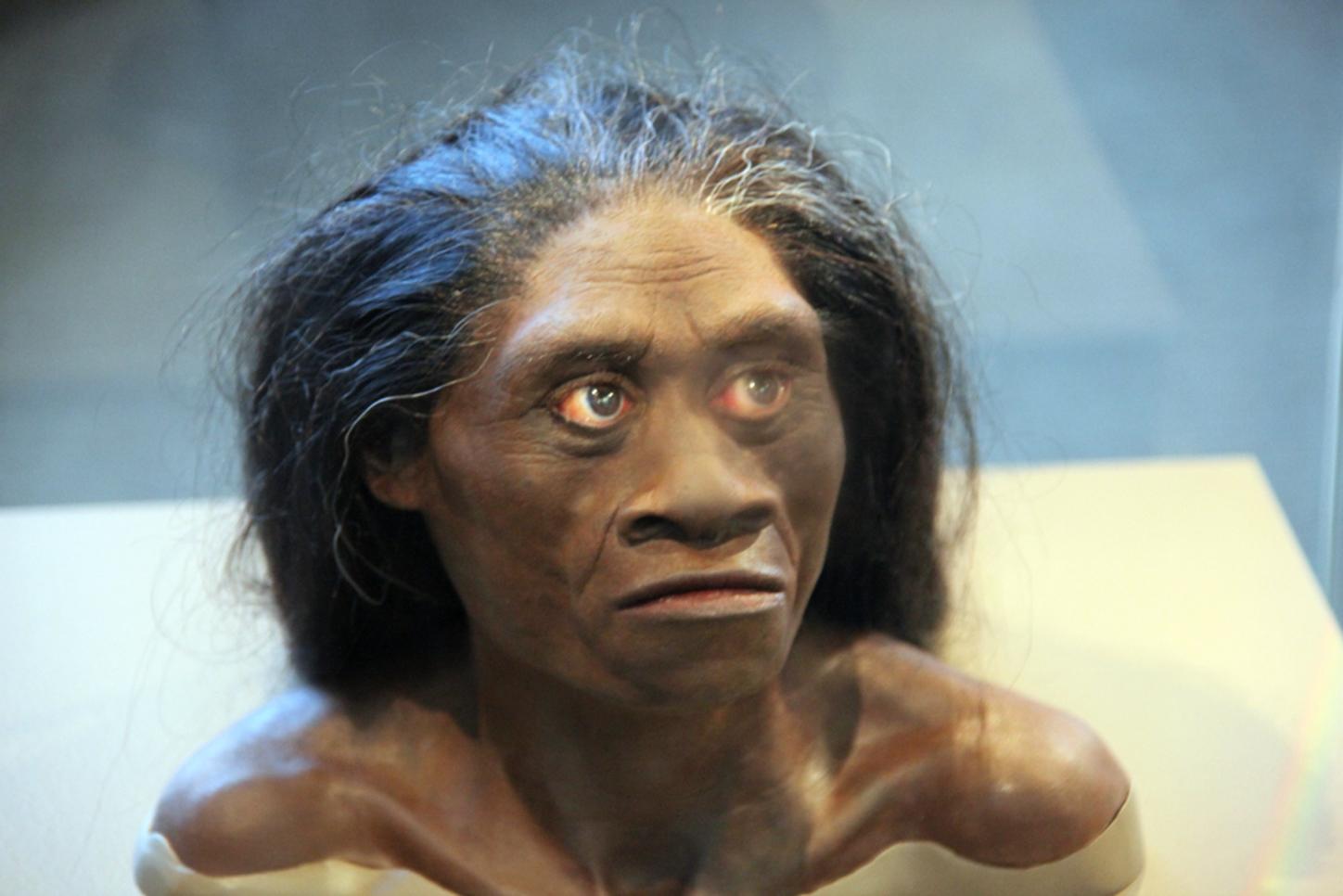
Given conservation’s haunting relationship with the problem of absence, is it time to bring cryptozoology, in some form at least, in from the cold? A rapprochement would demand changes on both sides.
Cryptozoology’s appeal currently comes from its celebration of the anomalous and monstrous. A “post-monstrous” outlook might aid in forging new coalitions, and a stronger focus on plausible undiscovered species (such as the thousands of smaller amphibians and mammals predicted to exist) than on charismatic, but highly unlikely, cryptids.
The third way that cryptozoology can contribute to conservation is through the sense of wonder. From the conservation perspective, something might be learned from the Nessie and Bigfoot hunters about telling new stories of weird and wonderful discoveries alongside the more familiar tales of flagship species decline.
Instead of rebuffing them, conservationists might consider enlisting cryptozoologists as part of a wonder zoology that accelerates conventional taxonomic efforts. Indeed, the Edge of Existence conservation initiative is doing exactly this by focusing its attention on “weird” endangered species.
Other examples of wonder zoology include the descriptions of new (although known to local people) primates by Marc van Roosmalen in the Amazon, and the “lost world” of new species found in or near Vietnam’s Vu Quang nature reserve in the 1990s.
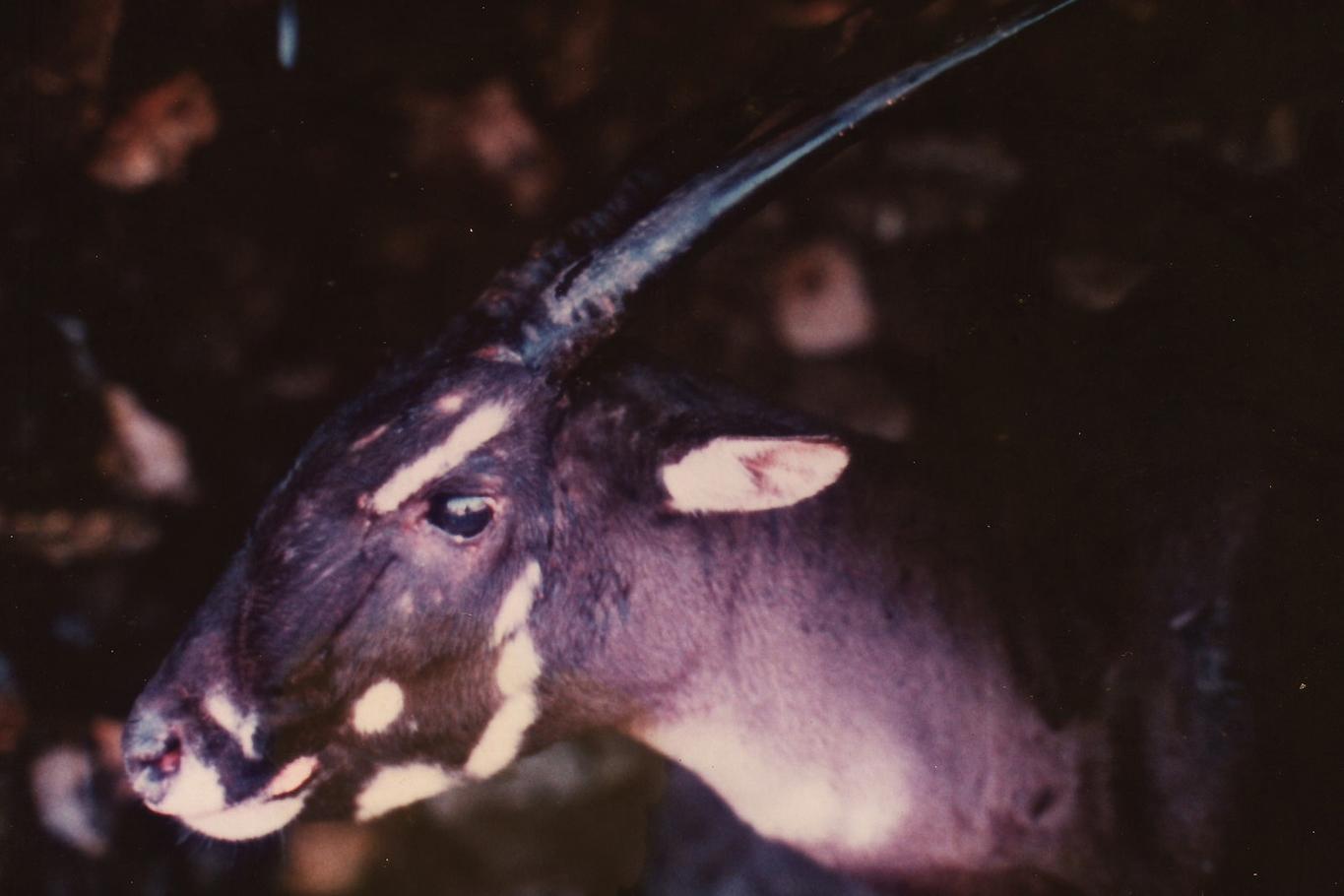
One promising model of how conservationists and cryptozoologists might engage is sketched out by the paleozoologist Darren Naish. Naish’s “sceptical cryptozoology” does not dwell on the question of whether cryptozoology is pseudoscientific or not but focuses instead on the ground it shares with conventional zoology.
Stories of the discovery and rediscovery of species routinely punctuate the depressing catalogue of extinction after extinction. Wonder and speculation – however untethered – must play a role in energising conservation actions.
Although no one expects conservation NGOs to start searching for Bigfoot, it would be remiss of them to ignore the powerful ecological imagination that can be inspired by cryptozoology.
Bill Adams is a professor of conservation and development and Shane McCorristine is a visiting researcher at the University of Cambridge. This article was originally published on The Conversation (www.theconversation.com)
Join our commenting forum
Join thought-provoking conversations, follow other Independent readers and see their replies
Comments